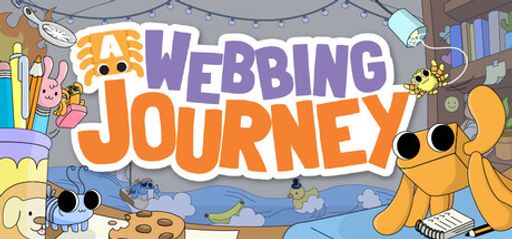Some games wrap you in nostalgia, while others spin something entirely new—and A Webbing Journey does a bit of both. I came into it with a cozy mindset and high hopes, and I wasn’t disappointed. This whimsical, physics-driven sandbox puzzle game charmed me from the first web shot. Whether you’re swinging through sunlit kitchens or crafting clumsy bridges from furniture, there’s a playful spirit woven through every corner of its miniature world. So, what makes this spider-led adventure such a delightful escape? Let’s dive in.
Overall Impressions
From the very beginning, I dove into A Webbing Journey with high hopes and a cozy mindset. Right away, the game felt fresh and irresistibly playful. I adored the lovable spider protagonist and its physics-based antics. Compared to other casual puzzlers and simulation titles, this one really stood out. In particular, it reminded me of World of Goo’s charm and the whimsical feel of Trine. It’s lighter than It Takes Two, yet it still packs a delightful punch. That said, a few glitches did pop up. Nonetheless, I truly enjoyed its playful chaos and heartwarming sandbox design.

Gameplay Mechanics
When it comes to gameplay, swinging around the house is pure joy. You shoot webs, grab objects, and weave structures with ease. The responsive physics engine makes every action feel satisfying. For instance, I loved building makeshift bridges by webbing chairs and tables together. Hidden secrets in each level kept me curious and eager to explore. One reviewer even called it “the Spider-Man game of my dreams,” and I wholeheartedly agree. Occasionally, I encountered a V-Sync glitch or lost an eye-style customization. Fortunately, these minor hiccups didn’t spoil the fun—though I hope the team patches them soon.
Story and Characters
Narratively, A Webbing Journey tells a minimal yet charming story. You play as a plucky spider navigating a cozy home. While there’s no deep narrative arc, the world feels vibrant and alive. Everyday objects transform into both obstacles and tools in this tiny universe. Interestingly, I found myself imagining backstories for each room. The game leans heavily on environmental storytelling to spark your imagination. Instead of overwhelming you with dialogue, it trusts players to fill in the blanks—a thoughtful approach for casual players seeking relaxed exploration.
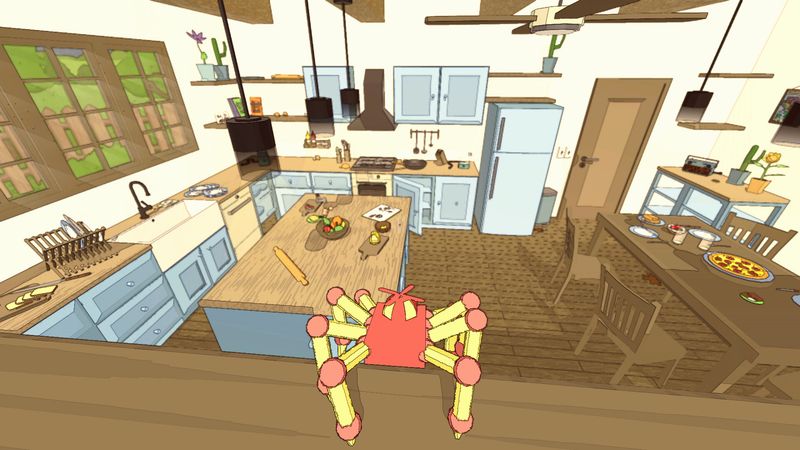
Visuals and Graphics
Visually speaking, the art style feels hand-crafted and whimsical. Soft lighting, pastel hues, and detailed textures infuse each room with a warm vibe. In particular, I loved the way sunbeams peeked through windows onto shiny hardwood floors. Object designs—from toy blocks to kitchen utensils—look lovingly modeled. Meanwhile, the spider itself sports expressive eyes and an adorable silhouette. Performance-wise, everything ran smoothly on my midrange PC, aside from the occasional V-Sync issue. All in all, the visuals strike a lovely balance between cartoon charm and cozy realism.
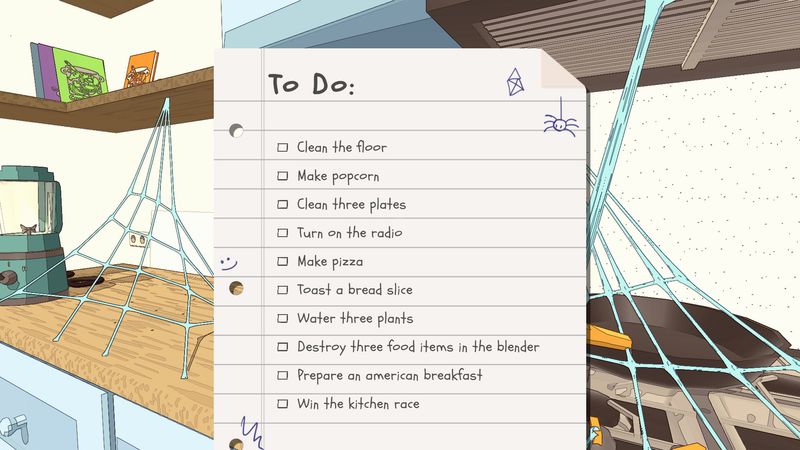
Sound and Music
On the audio side, playful music accompanies each level with light piano chords and gentle strings. Ambient sounds—dripping faucets, creaking floors, and distant clock ticks—enhance immersion. Web-shooting sounds feel crisp and satisfying. Although there’s no voice acting, the game’s minimal dialogue doesn’t really need it. The soundtrack loops seamlessly without becoming repetitive. In fact, it often made me turn up the volume as I swung and crafted makeshift rope courses across rooms.
Difficulty and Replayability
In terms of challenge, A Webbing Journey strikes a gentle balance. Early puzzles teach the mechanics intuitively without becoming tedious. Later on, levels push you to rethink your strategies and uncover secrets. I enjoyed replaying levels to snag hidden collectibles and fine-tune my web-weaving. Casual players can finish the story in under ten hours, while completionists will likely spend more time solving every physics puzzle. Its single-player focus keeps things low-stress—no timers, no harsh penalties. As a result, the game welcomes multiple playthroughs purely for the joy of exploration.
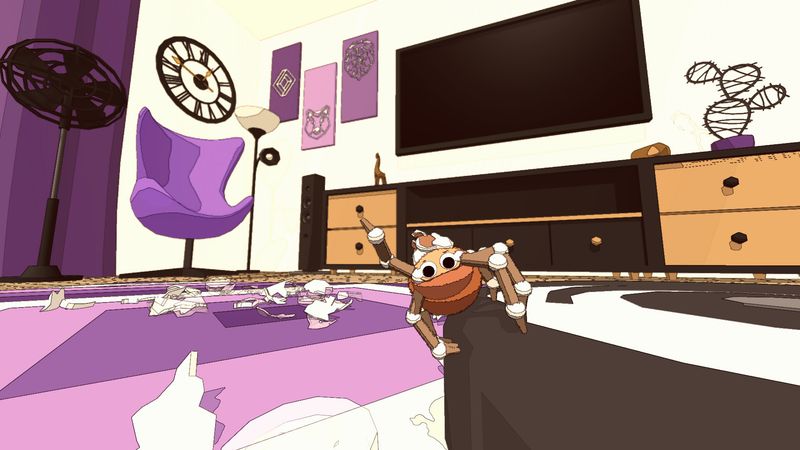
Behind the Scenes Trivia
Behind the curtain, Fire Totem Games is a small Austrian studio made up of just five passionate developers. They funded A Webbing Journey partly through a modest Kickstarter campaign back in 2023. Over two years, they honed the game’s web physics and creative level design. Publisher Future Friends Games helped bring their vision to a global audience. What’s more, the team poured “soul and tears” into every web strand—and it shows in the charming details and thoughtful layouts.
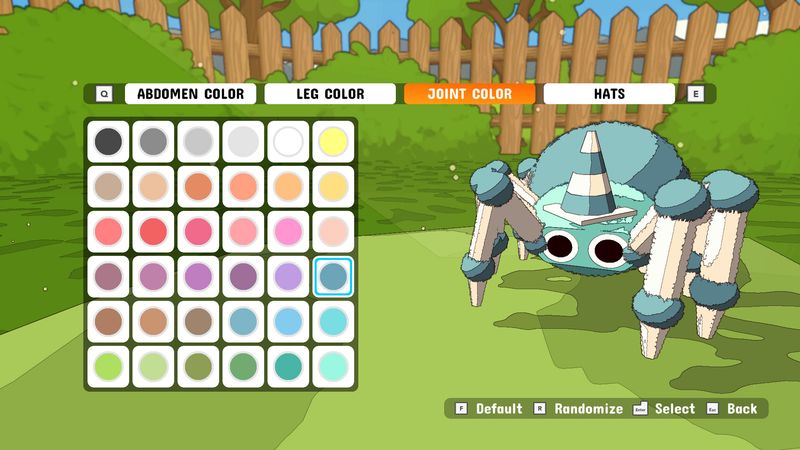
How It Compares
When comparing it to other titles, A Webbing Journey deserves a spot on your wishlist—especially if you love simulation-puzzle hybrids. It feels lighter than traditional simulators but offers more inventiveness than many casual puzzlers. For fans of Trine, It Takes Two, or World of Goo, this game will feel instantly familiar and refreshing. The core web-weaving mechanic remains uniquely engaging. True, it lacks multiplayer, but its solo-friendly design feels intentional. If you’re seeking laid-back gameplay infused with sandbox creativity, this one is a clear win.
Final Thoughts
To wrap it up, A Webbing Journey captured my heart with its playful physics and cozy atmosphere. It artfully blends relaxed exploration with clever puzzle design. A few technical hiccups remain, but patches should arrive soon. Ultimately, I admire the tiny Austrian team’s dedication and the game’s approachable, friendly style. Whether you’re swinging for secrets or building ridiculous furniture bridges, this spider-led sandbox delivers endless smiles.
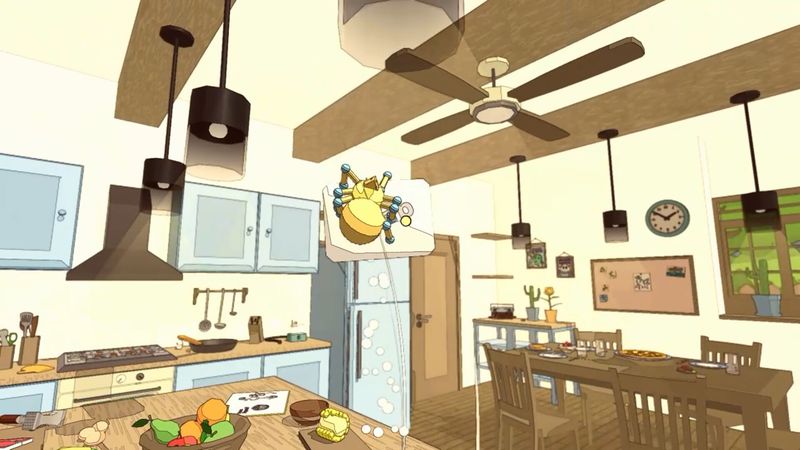
Rating: 4.5 out of 5 stars
I’m giving A Webbing Journey 4.5 stars. It’s fun, relaxing, and brimming with creative potential. Minor bugs hold it back from perfection. Still, this adorable spider sandbox is worth every penny. If you love cozy, physics-driven puzzlers with a dash of chaos, don’t miss it.

